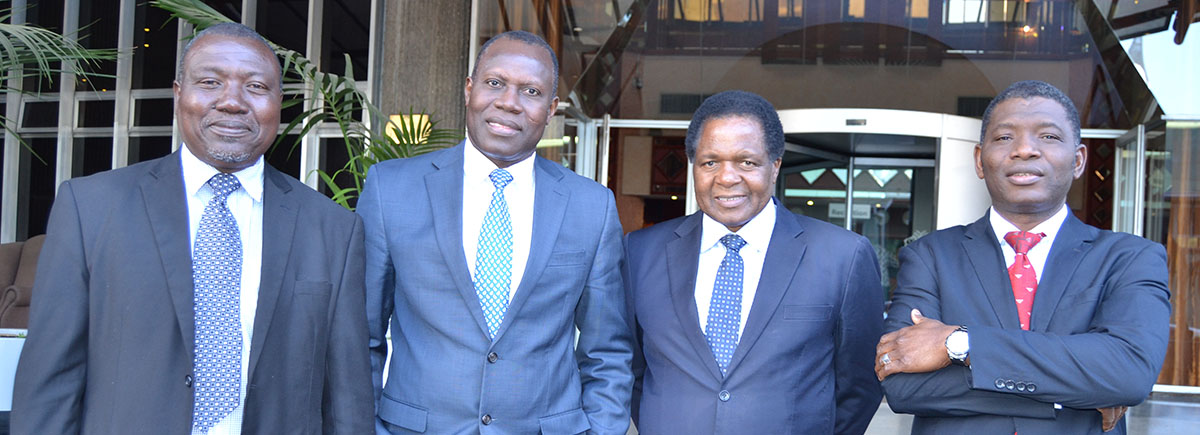ZIMBABWE's high cost of borrowing, which is much higher than in regional economies, is rendering the country's products uncompetitive, a Zimbabwe Economic Policy Analysis and Research Unit (ZEPARU) report has indicated.
"While average lending rate was 28 percent in Zimbabwe, that of Botswana, Zambia and South Africa was 102 percent, 9,5 percent and 8,5 percent respectively. Although efforts have been made to reduce it, stakeholders still consider cost of borrowing quite onerous," says a ZEPARU report titled The Development of a Competitive Value Chain, Opportunities and Challenges.
The high cost of borrowing has mainly affected manufacturers who have been finding it difficult to penetrate the export market.
However, farmers, especially smallholders - who are struggling to access affordable lines of credit given their lack of collateral, have also been adversely affected by the high cost of money.
"Other issues relate to lack of knowledge of production cycles by financial institutions as evidenced by untimely or slow disbursements of loans as well as lack of knowledge of bank lending processes, resulting in farmers not applying for funds far enough in advance for required disbursement," the report said.
Contract farming has been touted as the solution to agricultural funding, however, issues of breach of contractual agreements by both parties and side-marketing has seen contractors shunning the sector.
"Contractors are not attracted to dry land production given the recurrent mid-season droughts that often threaten crop yield. In cases where they set up irrigation equipment, sink boreholes and construct dams, it may take five years before they recoup the capital invested," the report added.
The chaos brought by the land reform programme saw the destruction of the land market in Zimbabwe, and as a result, banks were unable to finance agriculture due to the non-existence of land valuation mechanisms and none of the farms in the country have any collateral value.
High production costs in Zimbabwe have also been driven by costs of inputs such as fertilizer, seed, herbicides, fuel and labour.
"The cost of fertilizer is higher than that obtaining in the region. Cost of utilities also drive prices of inputs. Consultations with stakeholders revealed that fuel tax in Zimbabwe at 26 percent is higher than regional comparators like Zambia which has a rate of nine percent," the ZEPARU report added.
Last year, the Reserve Bank of Zimbabwe had to intervene to regulate the cost of money in Zimbabwe. RBZ announced an interest rate regime capping lending rates at 12 percent per annum.
Zimbabwe Farmers Union executive director Paul Zakariya said: "Lending rates range from six percent to 23 percent, but simply put, it is very expensive for farmers to borrow money from financial institutions. The most expensive has been 32 percent."
- fingaz
 Concern over Masvingo black market
Concern over Masvingo black market  Kenya declares three days of mourning for Mugabe
Kenya declares three days of mourning for Mugabe  UK's Boris Johnson quits over Brexit stretegy
UK's Boris Johnson quits over Brexit stretegy  SecZim licences VFEX
SecZim licences VFEX  Zimbabwe abandons debt relief initiative
Zimbabwe abandons debt relief initiative  European Investment Bank warms up to Zimbabwe
European Investment Bank warms up to Zimbabwe  Young Investment Professional (YIP) Graduate Programme 2019
Young Investment Professional (YIP) Graduate Programme 2019 











 Young Investment Professional (YIP) Graduate Programme 2019
Young Investment Professional (YIP) Graduate Programme 2019
Editor's Pick